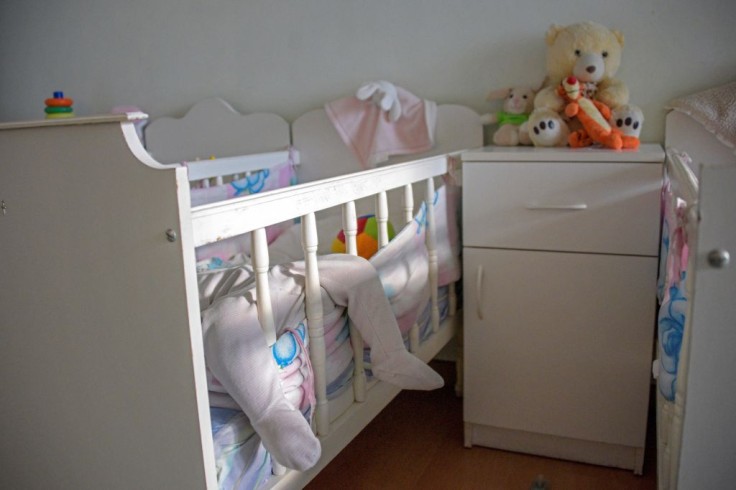
The American Academy of Pediatrics (AAP) has recently released updated recommendations regarding infant sleep to prevent Sudden Infant Death Syndrome (SIDS). The 2022 safe sleep guidelines are based on an evidence review from nearly 160 scientific studies since 2015 aimed at preventing SIDS.
SIDS claims approximately 3,500 infants in the U.S. every year. Seventy-nine percent (79%) of deaths are due to babies sleeping in an adult bed, crib/bassinet with pillows, blankets, stuffed animals, crib bumpers, or loose clothing, as per First Candle, a nonprofit organization dedicated to reducing SIDS and sudden unexplained infant death syndrome (SUIDS).
There are also recent developments that address the risks of SIDS. Recently, researchers identified biomarkers to help predict infants with a higher risk of SIDS. The legislation - The Safe Sleep for Babies Act, which was signed into law this year, outlaws crib bumpers and inclined sleepers that were previously linked to dangerous sleep practices.
Safety experts told Motherly that safe sleep practices are still crucial to prevent unwanted deaths despite these developments.
Here are AAP's new evidence-based recommendations for safe infant sleep:
1. Babies should be sleeping on their backs until they reach one year of age.
Babies should not be placed on their side or tummy for sleep, even for short naps. Sleeping on their stomach means that their airway cannot open compared to babies sleeping on their backs. It is safer for parents who worry about choking or spit-ups to let babies sleep on their backs as they can move their heads from left to right.
2. Babies should sleep in cribs, bassinets, or on flat, non-inclined sleep surfaces with firm, tight-fitting mattresses without pillows or blankets.
The mattress should be covered by a fitted sheet, with no other bedding or soft objects. Experts say that sleep surfaces inclined beyond ten degrees are unsafe for sleeping infants as the baby might roll over their tummy. Baby nests, pods, and hammocks are not recommended. Mattresses should also be firm, not soft. AAP recommends that parents may test firmness by pressing their hand down on the bed and then lifting it. If the hand leaves an indention, the mattress is too soft.
There should also be no soft objects, pillows, or blankets on the bumper pad in the baby's sleeping area. To keep the babies warm, AAP recommends adding layers of clothing, not a blanket.
3. Room-share, not bedshare.
AAP recommends placing the baby in the parent's room, close to the parents, at least for the first six months to reduce the risk of SIDS. Experts, however, do not recommend bed-sharing or co-sleeping. However, it respects parents who choose to bed-share for various reasons like convenience during breastfeeding and cultural preferences. Babies should never co-sleep with someone who uses medications, substances, or smokes.
4. Sleeping in car seats is not recommended for routine sleep.
As per studies, infants tend to obstruct their airways when they relax their heads and chins onto their chest while sleeping in a seated position. Although babies can sleep in a car seat, move them once you arrive or if on long trips, take breaks and wake the baby to stretch.
5. Do not overheat the baby.
Healthy Children says that head-covering and over-bundling with excessive clothing or blanket cause overheating in babies. Overheating signs include flushed skin and sweats, and their chest is hot to the touch. Note these signs when swaddling the babies. If the parents opt to swaddle, ensure the baby is sleeping on their backs. AAP advises parents not to swaddle when the infant shows signs of attempting to roll.
